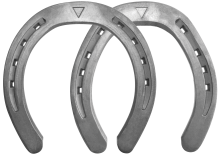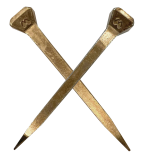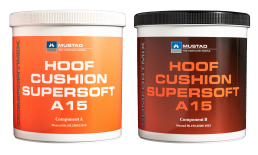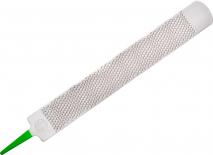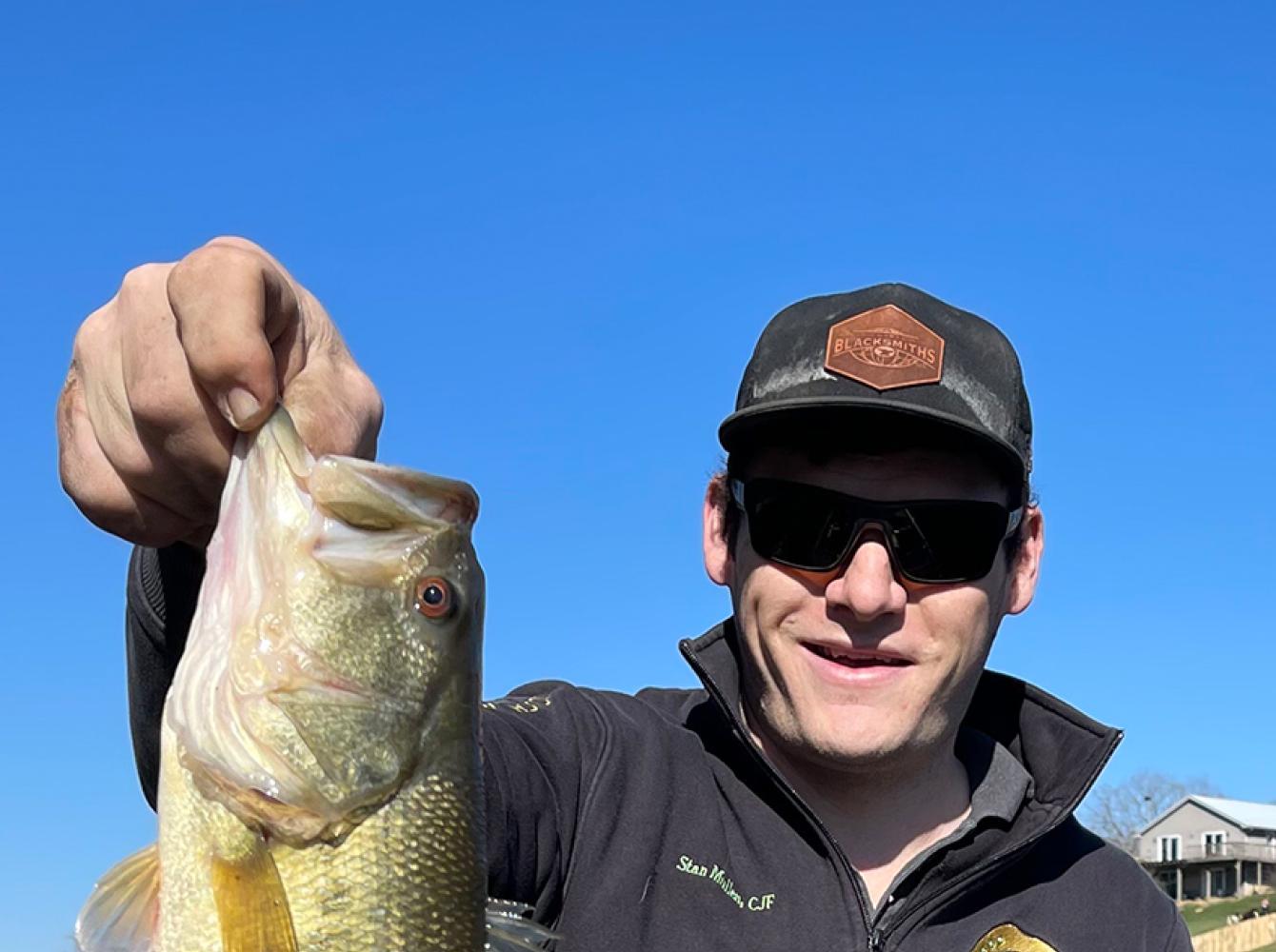
Stan Mullen, CJF
“The harder it is, the more entertaining it is.” At 25, Stan Mullen has already had an incredible career. And he’s just getting started.
Traveling 8500 miles to school
Stan Mullen spent most of his youth near Christchurch, New Zealand, at his parents’ horse farm. By the time he was nine, he was riding eventers competitively and, like many New Zealand boys, playing soccer. His mother told him- you need to pick, horses or soccer. Although Stan still played some school sports, his focus became horses.
“That was a pretty good decision,” Stan says.
By 15, while still going to school full time, he was apprenticing with a local farrier, Ross Smith.
“We'd go all over the West Coast of New Zealand and shoe for three to four days and knock out a bunch of horses.”
Of course, by day three his back and knees were feeling it, but Stan knew he could rest at school.
He was quickly ready for the next level. So when his mentor moved back to Australia, 16-year-old Stan doubled down on his commitment to his new profession. After considering British and American horseshoeing schools, he chose the Kentucky Horseshoeing School. Given Stan had considerably more experience than your typical teenager, the Kentucky Horseshoeing School appealed to him for two notable reasons. He could finish the program in nine months, and a local farrier, Rodney King, told the young would-be-farrier that horses in the region were more like New Zealand horses.
The plan seemed straightforward—until it wasn’t.
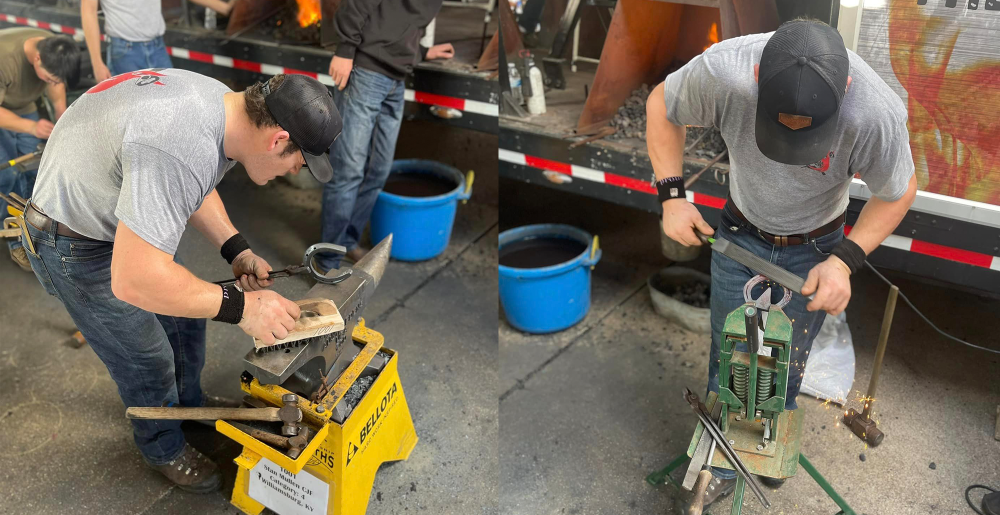
A fast track in Kentucky
When his plane left New Zealand, there were 11 students enrolled in the coming term. When he landed, there were only two. “Everyone just flaked out. It was crazy– never, ever happened before and hasn't happened since.”
“After two weeks, it was just me, so I had my own curriculum. I was able to hit the ground running, because I had a little bit of experience, and I was determined to work hard at it.”
I was 16. I was just going to come over here, do some training, and then head home to shoe horses. But it didn't quite work out that way.
Stan finished the nine-month program in six months and then did three months of his own curriculum. The school decided to take him on as an apprentice, and Stan began teaching, quickly thereafter passing his first certification.
But, there was a complication; he had to return to New Zealand to renew his visa. Never one to be idle, Stan immediately took to building his farrier business in the country that first stoked his desire to work with horses. As if he wasn’t busy enough, Stan won the national horseshoeing competition, and, in the fall of 2019, visited England with the Australasian team.
Feeling it was time for some fresh challenges, Stan started planning his move back to America.
By this time, it was March of 2020. As it just so happened, his timing could not have been any worse.
“Three or four days after I landed, New Zealand shut its borders.”
There were some good things about being stranded in a foreign country in a pandemic. After two years of a long-distance relationship, Stan was able to spend some quality time with his fiancé, now wife, Destiny. He took some hard-earned time to himself, bought a bass boat, and did some fishing.
“It wasn’t that early retirement was bad. But I thought: I better start shoeing some horses and making some money.”
Stan set about rebuilding his business, 8,500 miles from home, in the middle of a pandemic. He was about to find out how important relationships were. People who knew Stan’s work from his days studying and teaching at the Kentucky Horseshoeing School started making referrals, which was a big help.
You’re trying to start a business, but no one is leaving the house.
“Matt Savage, up near Cincinnati, hurt his back and, I offered to go out there and help him. So I helped him for probably close to a year. He ended up sending me a bunch of his work, just because he couldn't maintain it by himself, or it was just too far away. He was really good to me.”
The relationships gained at competitions also proved especially important in the early days of building his business. The competitions gave Stan access to ride-alongs with world-class farriers like Nigel Fennell, Fwcf Honours, known for both his impressive forging skills and renowned horse sculptures, like the Secretariat. Another respected farrier, Carlos Goñi, referred him to a racehorse owner who needed a quarter crack managed on an animal desperately needing to start training. This seemingly small gesture would establish Stan’s work within the racehorse community.
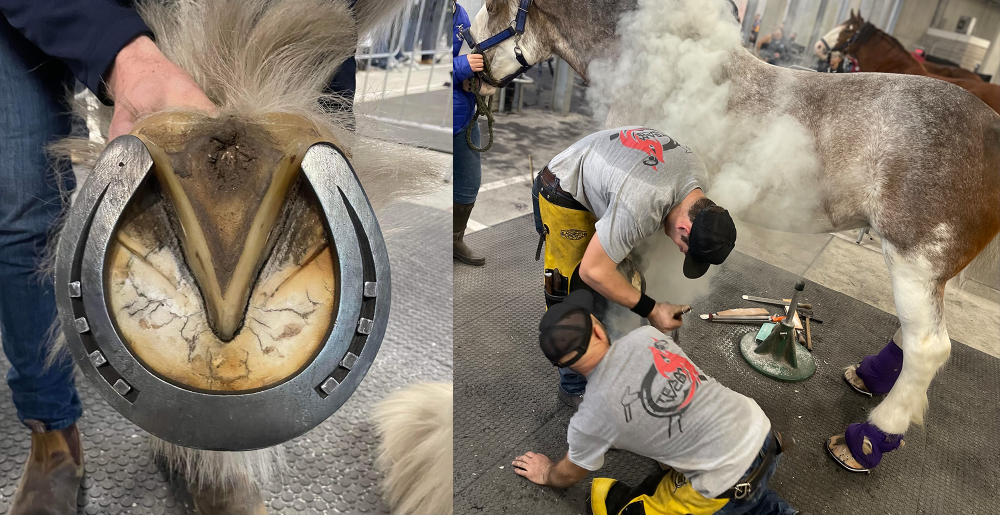
Three years after stepping off that plane, Stan built an outstanding reputation and a thriving practice all the while competing seriously with the World Championship Blacksmith team. His current practice includes a broad mix of eventers, racehorses, barrel horses, and hunter jumpers. While each has its own challenges—from the stunning impacts of barrel racers to the delicate knees of thoroughbreds, Stan arrives to each appointment with skills honed across competitions and years of pratice.
“Short term, I want to win the US WCB National Championship. I’m currently the runner-up reserve national champion.” Opportunities in New Zealand haven’t left his mind either, but, for now, he’s focused on building a place for himself and his business in the States. “I know this work is hard on your body, but I want to keep doing it as long as I can do a good job.”
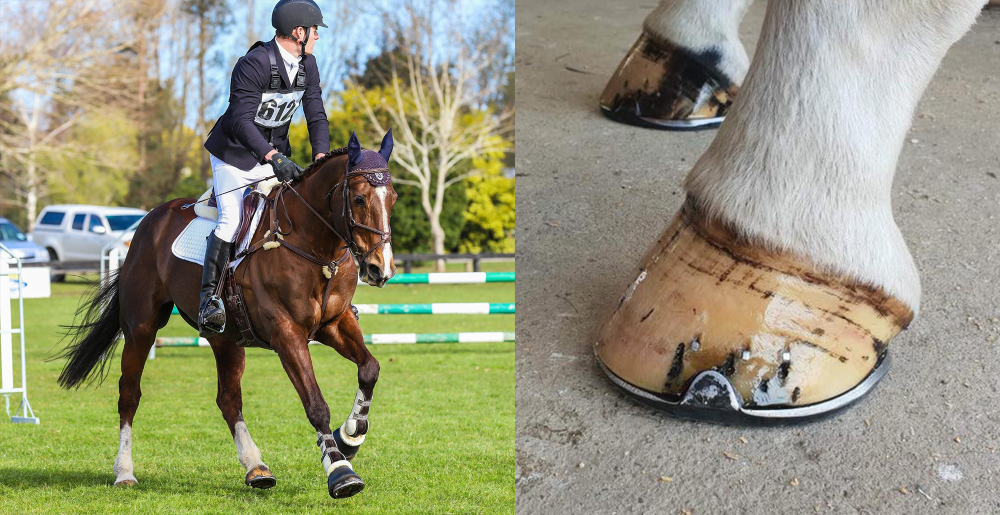
Q&A with Stan Mullen, CJF
In addition to managing a robust mixed practice, Stan keeps busy with his rigorous competition schedule through the WCB team. We asked him about competing, more about his business, and his approach to farriery.
You’re a successful competitor. Besides the relationships, what do you value most about competition?
It sharpens your skills and elevates your standards. When you have 85 people making the same shoe, you have to get it right.
Your wife, Destiny Mullen, recently made an appearance at a WCB event as well. Care to share?
Destiny is a gifted musician. She plays piano, bass, and twelve-string acoustic with her band Absent Dawn. She performed the national anthem at a recent WCB competition! She’s also insanely intelligent and graduated Summa Cum Laude with a degree in Biology from Northern Kentucky University.
You’ve been on horses since you were two. What role does horsemanship play in a farrier’s practice?
It makes your job easier. As an event rider, I know what a lame horse feels like. I know what it feels like when they throw a shoe. I know what it means when they hold their head high or low. Are the ears moving? If I hear a horse moving up on me, I close my eyes and listen. I can tell how well it's doing based on that sound.
You and your wife ride mules. There has to be a story behind that.
Well, on our first date, Destiny’s horse fell down a hill. So her mother bought her a mule, because they have better balance. Now, we have two: Reliance and Louis, and we take them on trail rides. They’re great. They each have a mind of their own. “Stubborn as a mule” is not just a phrase.
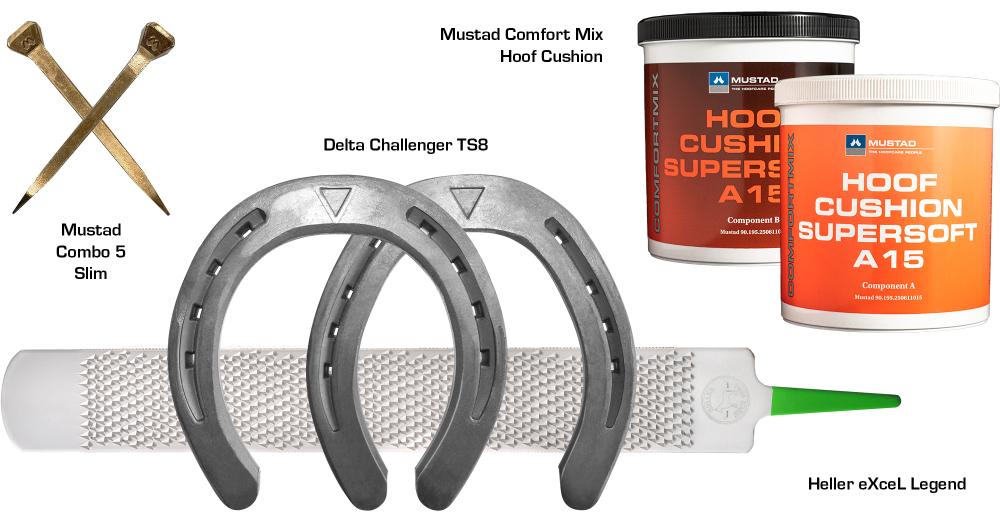
What are your favorite Mustad products?
I like the Delta Challenger TS8s for horses that need good support. They have excellent nailability.
I’ve gone through about two boxes of the Combo 5 Slim Nails with Endura coating in the past two weeks. They drive high and straight and sit in the shoe well.
The Heller eXceL Legend stays sharp. It’s got a great finish and a nice width. You can almost get a nice finish from the heavy side. But I use the Heller eXceL Original for eventers who need a nice shiny shoe for presentation.
Those big tubs of Mustad’s dental impression material, Comfort Mix Hoof Cushion, are fantastic. I have big hands, and I can actually fit my hands in them. I use it for rigidity and for building a foot. I’ll also use a soft pour pad like the Comfort Mix Hoof Pad Plus for a standard horse who needs a pour-in. I’ll use DIM underneath a bar that needs function on the back half. You can then bridge it using different pours on the front and back. I’ll create little inserts for racehorses like this during the day for when they’re not walking or racing. A pour-in really helps fill out the foot.
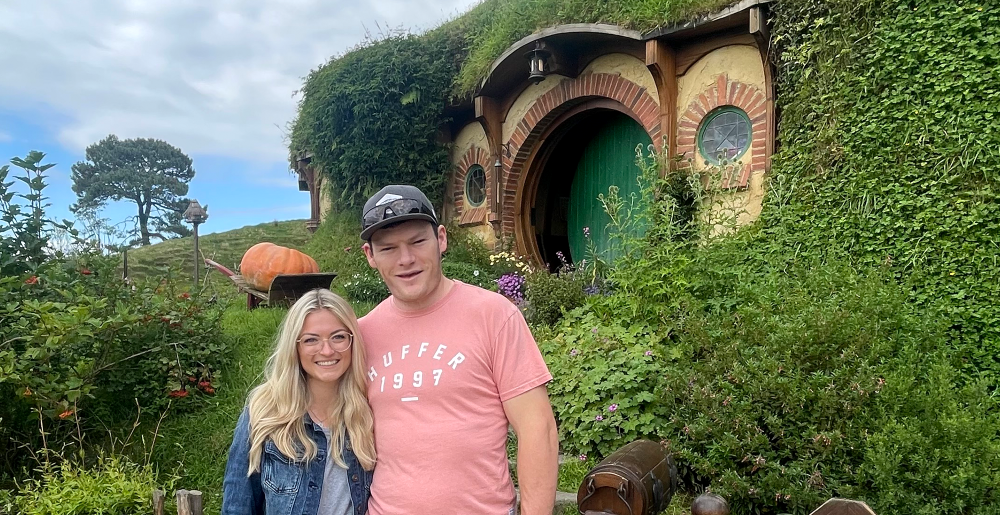
In the meantime, what do you do for fun—besides ride Reliance and Louis?
We take one trip a year where we leave horses behind. That can be to anywhere in the world. But I also love fishing a mile from my house, having a steak with Destiny after a hard day, or playing with my dog, Bruce.
